
Two storm systems will track through the central and eastern U.S. today through this weekend with areas of gusty winds, rain and heavy snow. Severe thunderstorms and heavy to excessive rainfall is forecast today from the Lower Mississippi River Valley to the Tennessee Valley. Damaging winds, a few tornadoes, and areas of flooding are possible. Read More >
Overview
|
An early spring snow brought heavy snowfall to parts of the Northland on Tuesday, March 22, 2011. The heaviest snow of 8-12 inches was found along a line from Brainerd to Mille Lacs Lake and Hinckley in Minnesota, then east to Hayward and Park Falls in Wisconsin. Sarona and Hayward in northern Wisconsin both reported 14 inches of snow. Although the Duluth/Superior area was missed by the heavy snow, intense winds and periods of blizzard conditions pounded the Twin Ports region through Tuesday night, March 22nd. The Duluth, Superior, and Cloquet Airports reported winds gusts in the 40-50 mph range Tuesday afternoon through Wednesday morning. Several communities in and around the Twin Ports reported power outages through Tuesday evening. A MNDOT weather station on the Blatnik Bridge was gusting well into the 60-65 mph range through the night with a peak wind of 70 mph. At noon on Wednesday, this station was still gusting to 60 mph. Why wasn't there more snow around Duluth? During this storm, the Northland was situated between very dry air associated with high pressure over Canada and low pressure with lots of moisture over Iowa. The contrast led to a sharp cut-off in snowfall. The dry air was able to push the storm track slightly further south resulting in the heavy snow being found just a county or so further south that expected. However, even the light snowfall resulted in blizzard conditions at times in the communities of West Duluth, Superior, Proctor, and Cloquet when combined with the 50-60 mph wind gusts. What is a Blizzard? You can have blizzard conditions with very little falling snow. A blizzard is the combination of sustained winds or frequent gusts ≥35 mph and falling or blowing snow that reduces visibilites to less than a quarter mile for 3 hours or longer. |
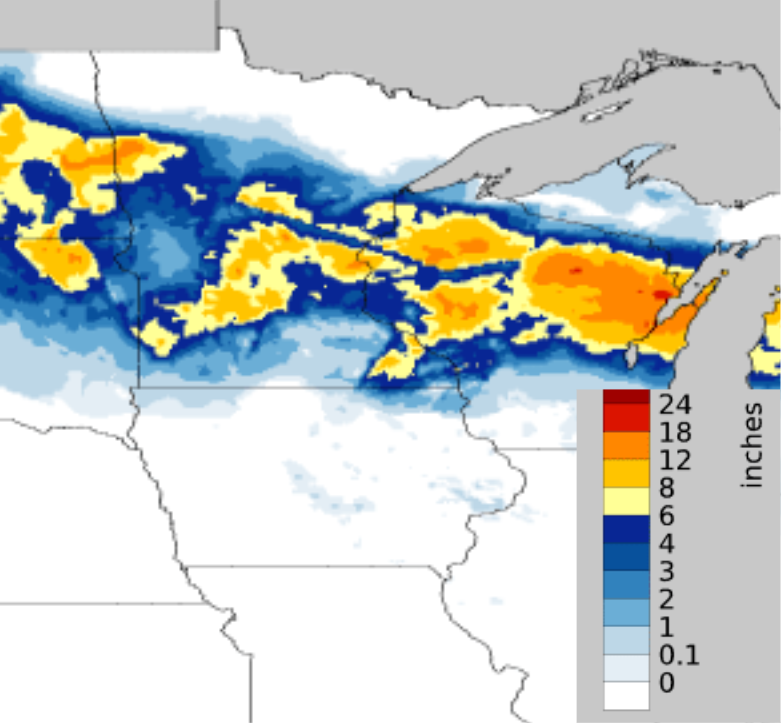 Total Snowfall Map |
Snow Reports
041
NOUS43 KDLH 240249
PNSDLH
MNZ010>012-018>021-025-026-033>038-WIZ001>004-006>009-241500-
PUBLIC INFORMATION STATEMENT
NATIONAL WEATHER SERVICE DULUTH MN
949 PM CDT WED MAR 23 2011
...PUBLIC INFORMATION STATEMENT...
SNOW REPORTS LISTED BY AMOUNT
INCHES LOCATION ST COUNTY TIME
------ ----------------------- -- -------------- -------
14.5 8 S HAYWARD WI SAWYER 0425 PM
14.5 SARONA WI WASHBURN 1159 AM
12.0 12 WSW SHELL LAKE WI BURNETT 0245 PM
12.0 5 E SARONA WI WASHBURN 0800 AM
12.0 5 SE STONE LAKE WI SAWYER 0746 AM
11.0 PHILLIPS WI PRICE 1212 PM
10.8 5 S PHILLIPS WI PRICE 0133 PM
10.5 HERTEL WI BURNETT 0450 PM
10.5 2 W HAYWARD WI SAWYER 1057 AM
10.0 3 SW BRUNO MN PINE 0700 PM
10.0 PINE CENTER MN CROW WING 0713 AM
9.5 WEBB LAKE WI BURNETT 0330 PM
9.5 4 N GRANTSBURG WI BURNETT 0320 PM
9.3 7 NW BRAINERD MN CROW WING 0800 AM
9.1 HOLYOKE MN CARLTON 0400 PM
9.0 1 SW HINCKLEY MN PINE 0600 AM
8.7 7 NW BRAINERD MN CROW WING 0924 AM
8.5 5 N PILLAGER MN CASS 1057 AM
8.5 3 N PINE CITY MN PINE 0810 AM
8.0 WEBSTER WI BURNETT 0355 PM
8.0 5 E LEADER MN CASS 0848 AM
8.0 4 E HAYWARD WI SAWYER 0804 AM
8.0 2 NW STONE LAKE WI WASHBURN 0800 AM
8.0 7 SSW CABLE WI SAWYER 0800 AM
8.0 3 W BUTTERNUT WI ASHLAND 0653 AM
7.8 WSW EAST GULL LAKE MN CASS 0800 AM
7.5 BREEZY POINT MN CROW WING 0405 PM
7.5 FORT RIPLEY MN CROW WING 0823 AM
7.2 19 SW MELLEN WI SAWYER 0800 AM
7.2 4 W CLAM LAKE WI BAYFIELD 0700 AM
7.0 MOOSE LAKE MN CARLTON 0253 PM
7.0 1 E FINLAYSON MN PINE 0919 AM
7.0 PARK FALLS WI PRICE 0800 AM
6.5 3 SW HINCKLEY MN PINE 0630 AM
6.5 3 N BRAINERD MN CROW WING 0608 AM
6.4 BRUNO MN PINE 0800 AM
6.0 9 SE WEBSTER WI BURNETT 0800 AM
6.0 SANDSTONE MN PINE 0646 AM
5.0 SOLON SPRINGS WI DOUGLAS 0403 PM
4.5 6 ESE HACKENSACK MN CASS 1200 PM
4.0 GLIDDEN WI ASHLAND 0949 AM
4.0 GORDON WI DOUGLAS 0800 AM
3.5 3 NE NISSWA MN CROW WING 0836 AM
3.5 BENNETT WI DOUGLAS 0805 AM
3.5 12 N ISLE MN AITKIN 0800 AM
3.0 WRENSHALL MN CARLTON 0844 AM
3.0 CROSSLAKE MN CROW WING 0700 AM
2.0 FEDERAL DAM MN CASS 0800 AM
2.0 MERCER WI IRON 0747 AM
2.0 3 E WRIGHT MN CARLTON 0700 AM
1.5 4 S SAWYER MN CARLTON 1031 AM
1.5 SOUTH RANGE WI DOUGLAS 0828 AM
0.5 CASS LAKE MN CASS 0700 AM
0.5 FLOODWOOD MN ST. LOUIS 0700 AM
0.4 DULUTH MN ST. LOUIS 0426 PM
0.3 4 E CORNUCOPIA WI BAYFIELD 0200 PM
T ASHLAND WI ASHLAND 0700 AM
T 4 E ISLAND LAKE MN ST. LOUIS 0700 AM
T UPSON WI IRON 0700 AM
$$
Wind Reports
958 NOUS43 KDLH 232116 PNSDLH PRELIMINARY LOCAL STORM REPORT...SUMMARY NATIONAL WEATHER SERVICE DULUTH MN 415 PM CDT WED MAR 23 2011 PEAK WIND GUSTS IN MILES PER HOUR 70 MPH BLATNIK BRIDGE/MNDOT 56 MPH DULUTH AIRPORT 56 MPH DULUTH SKY HARBOR AIRPORT 51 MPH DULUTH PARK POINT 51 MPH CLOQUET AIRPORT 51 MPH TWO HARBORS AIRPORT 50 MPH MAPLE, WI 47 MPH SUPERIOR AIRPORT 43 MPH GRAND MARAIS 43 MPH SILVER BAY AIRPORT 40 MPH ASHLAND AIRPORT $$
Radar
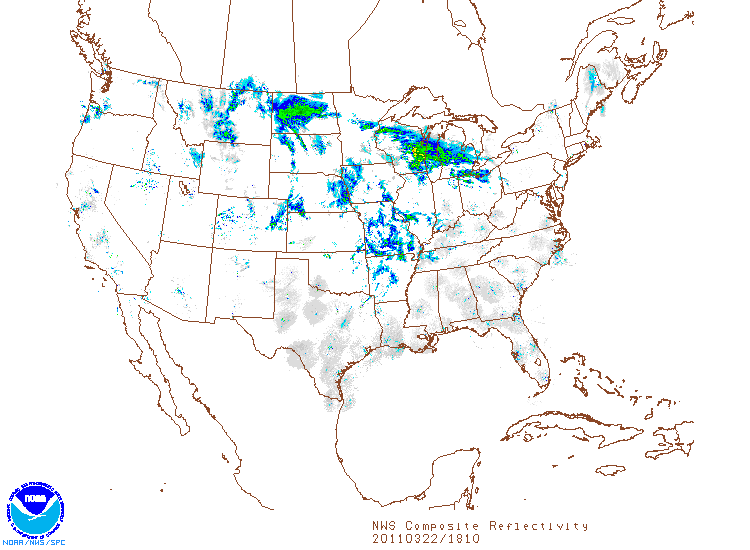
Environment
300mb analysis maps.
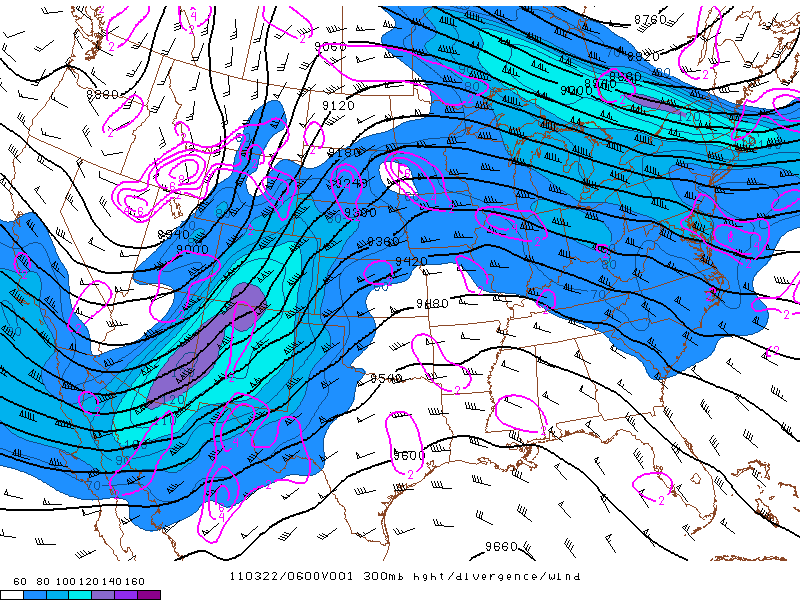 |
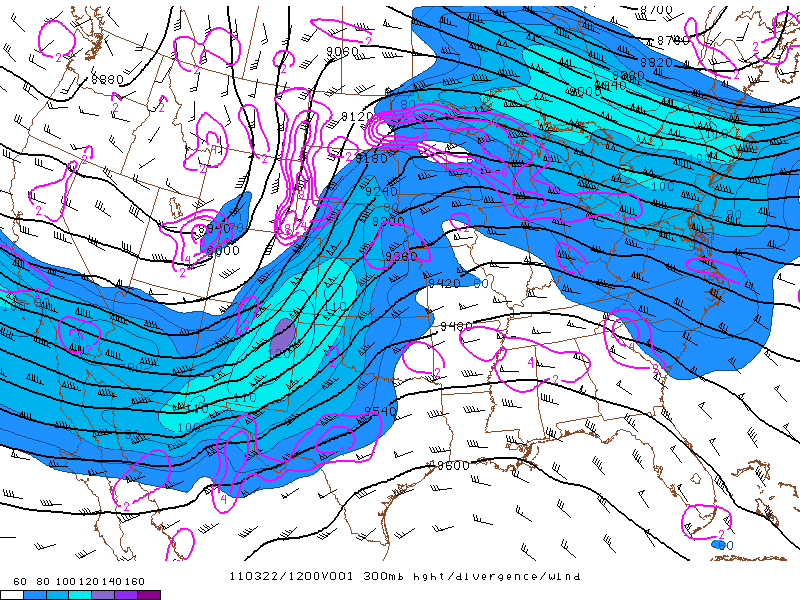 |
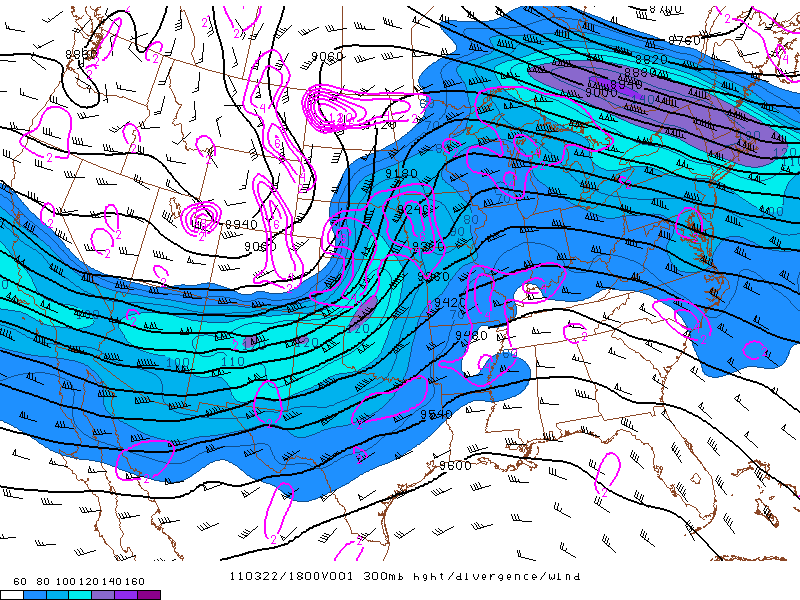 |
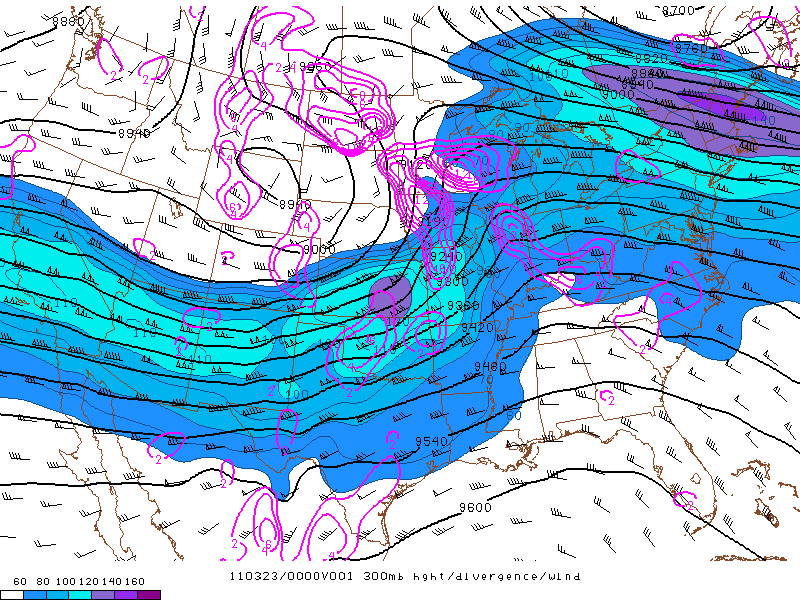 |
| 06z 03/22 | 12z 03/22 | 18z 03/22 | 00z 03/23 |
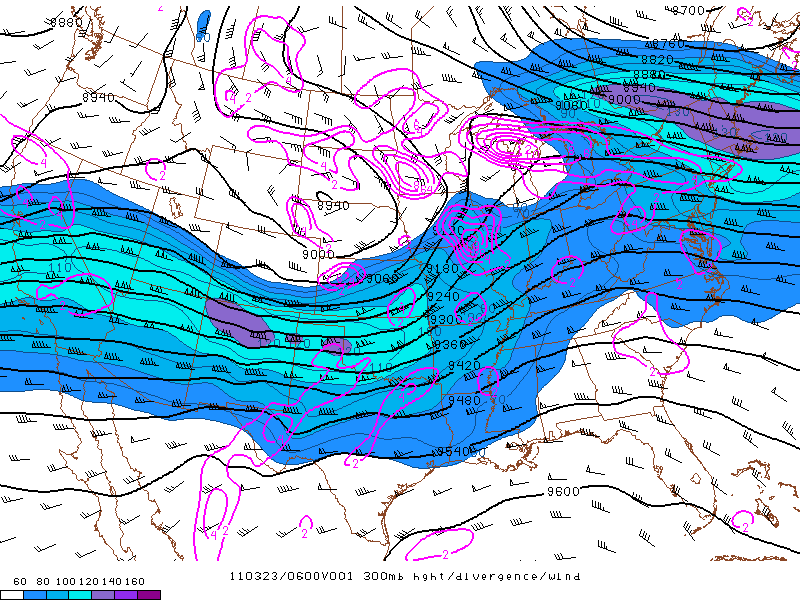 |
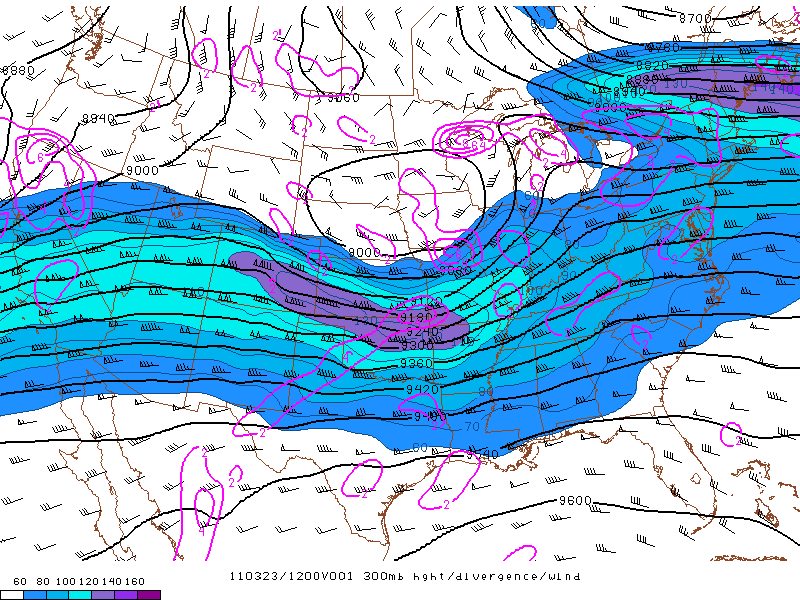 |
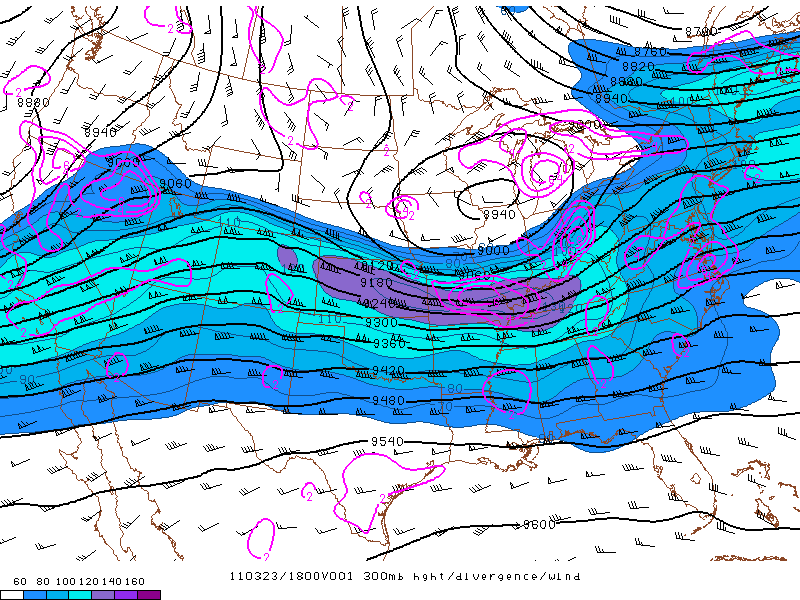 |
|
| 06z 03/23 | 12z 03/23 | 18z 03/23 |
500mb analysis maps.
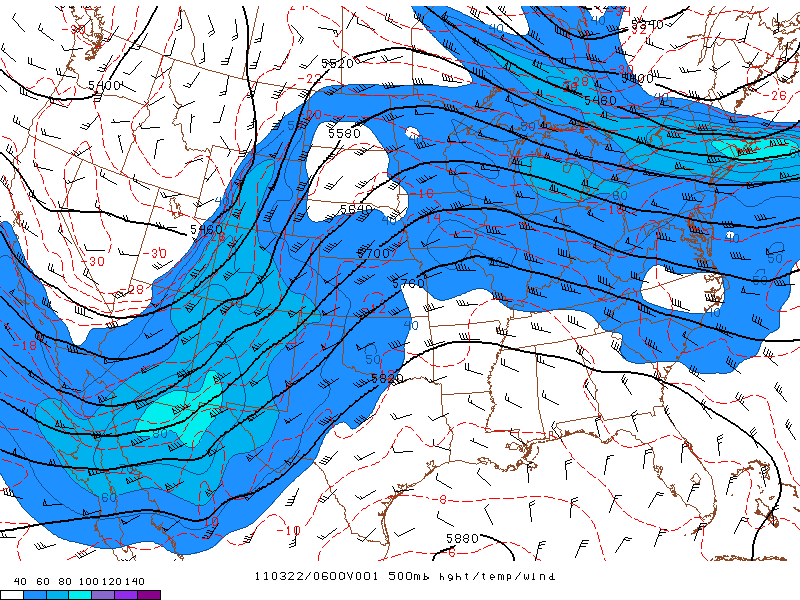 |
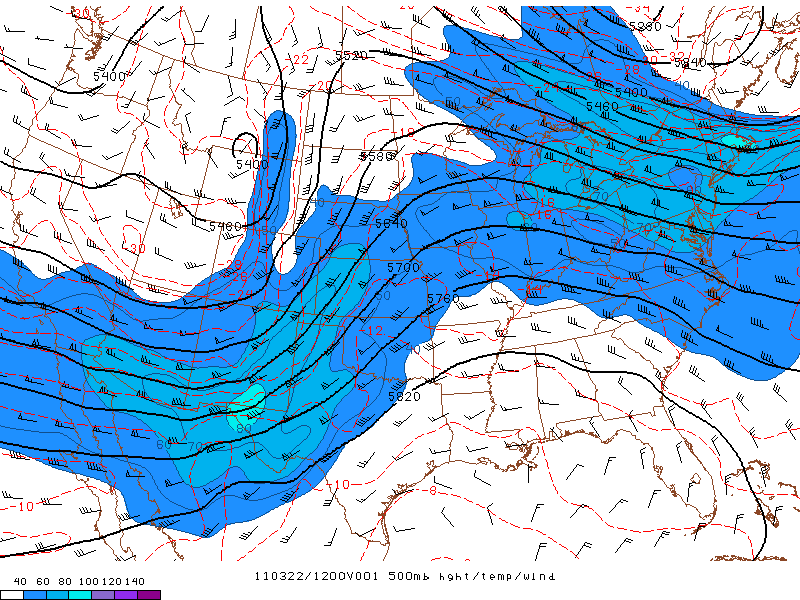 |
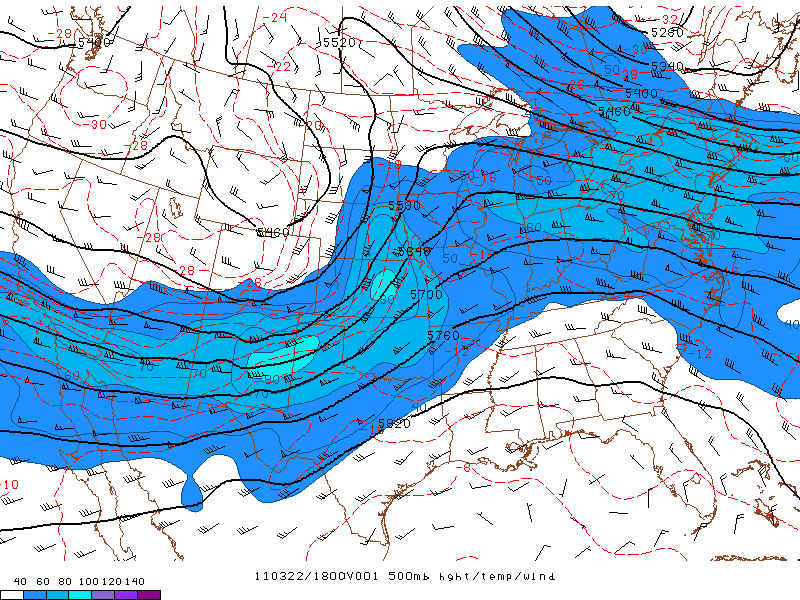 |
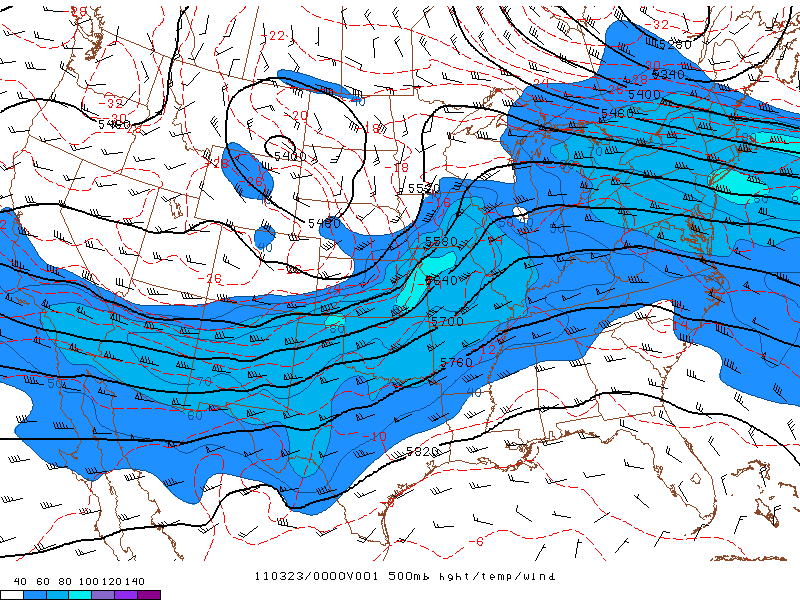 |
| 06z 03/22 | 12z 03/22 | 18z 03/22 | 00z 03/23 |
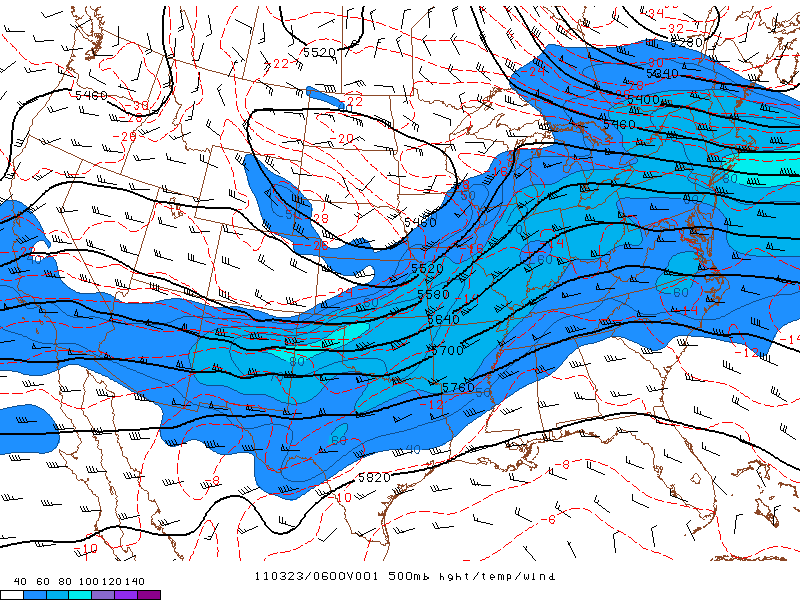 |
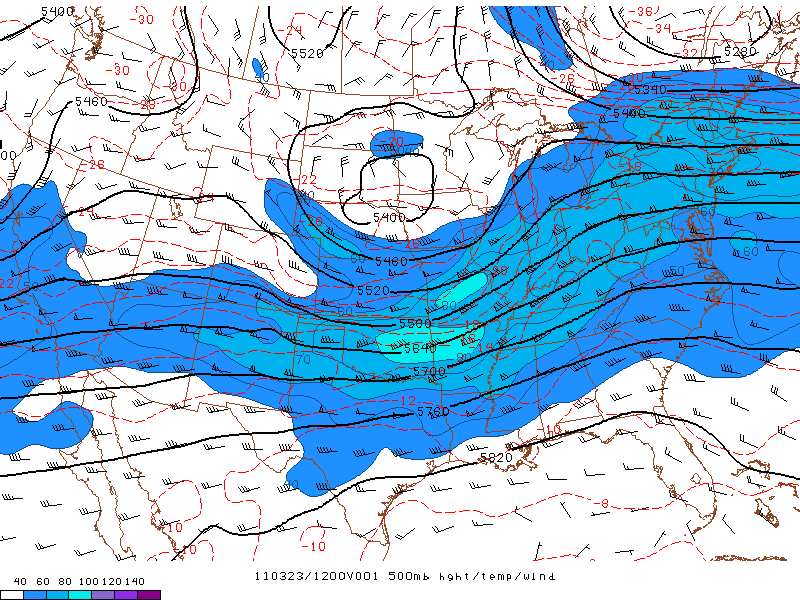 |
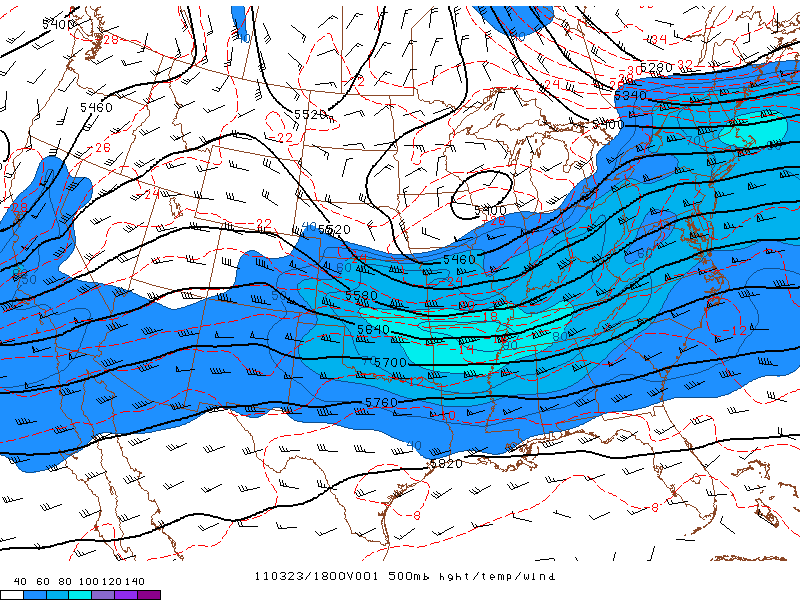 |
|
| 06z 03/23 | 12z 03/23 | 18z 03/23 |
700mb analysis maps.
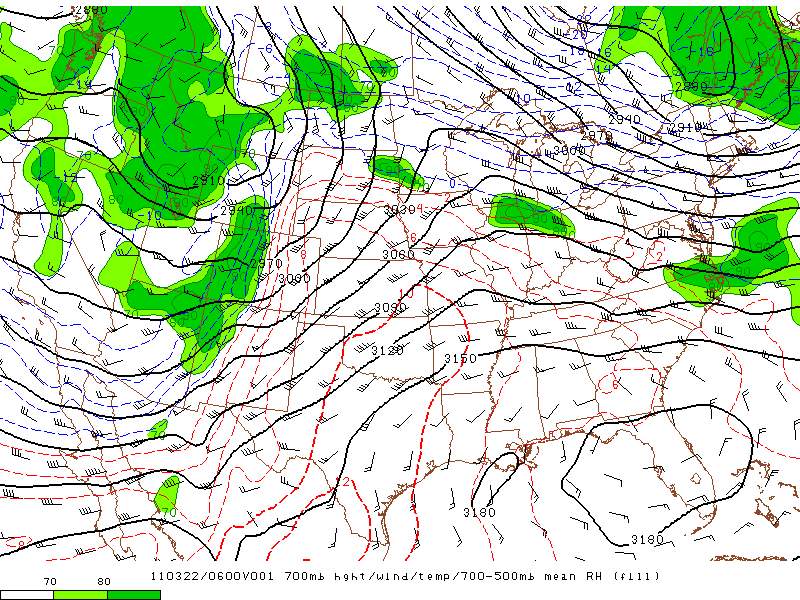 |
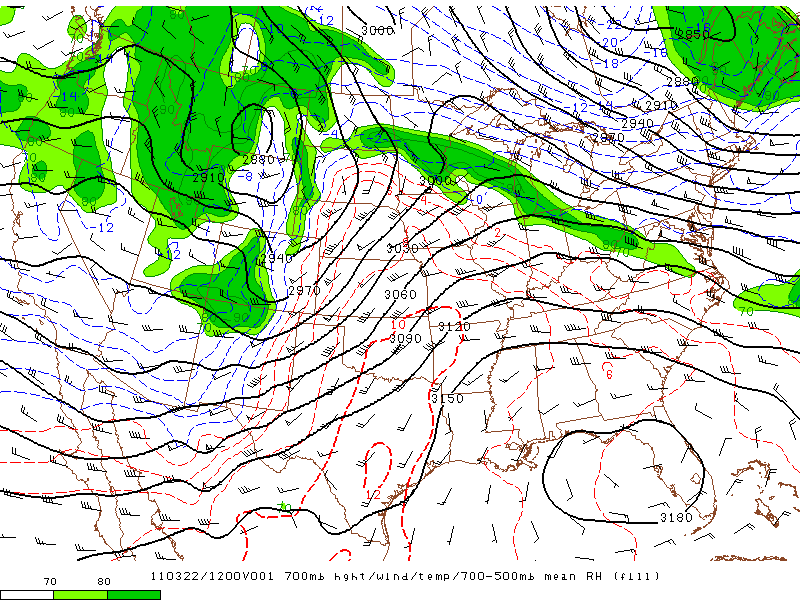 |
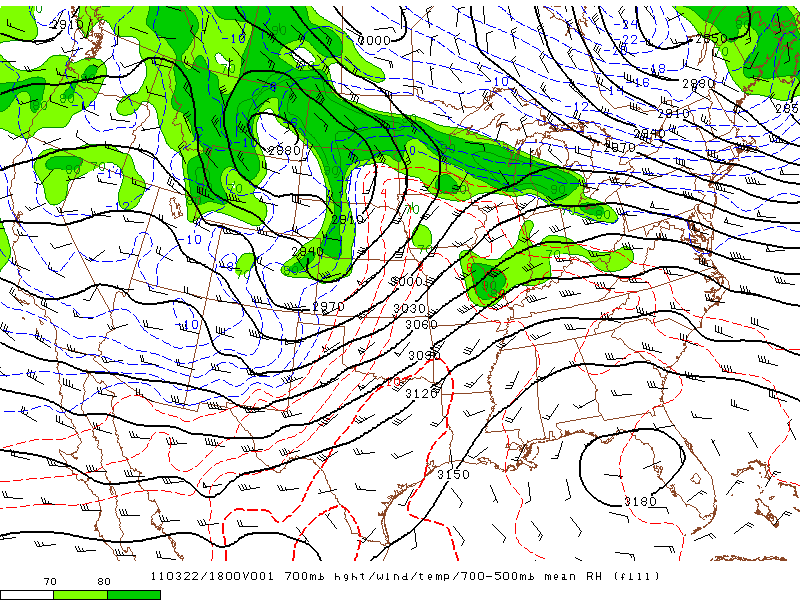 |
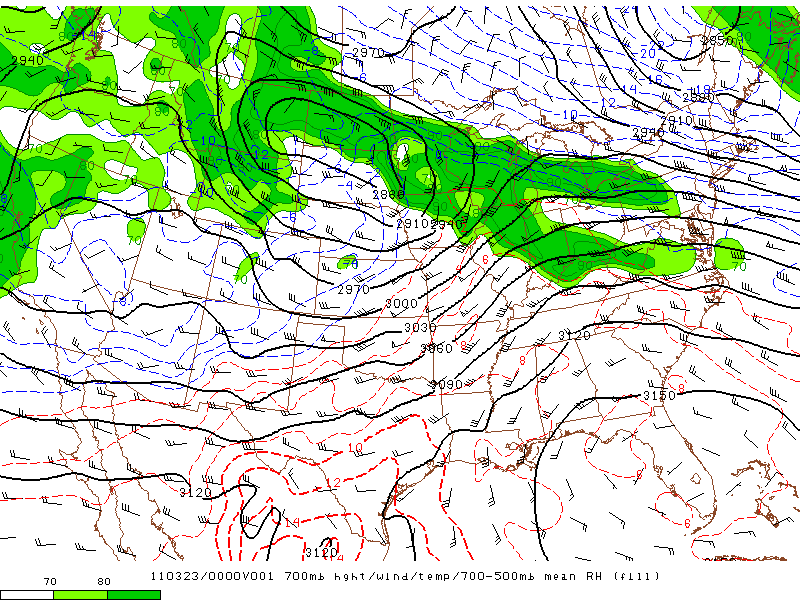 |
| 06z 03/22 | 12z 03/22 | 18z 03/22 | 00z 03/23 |
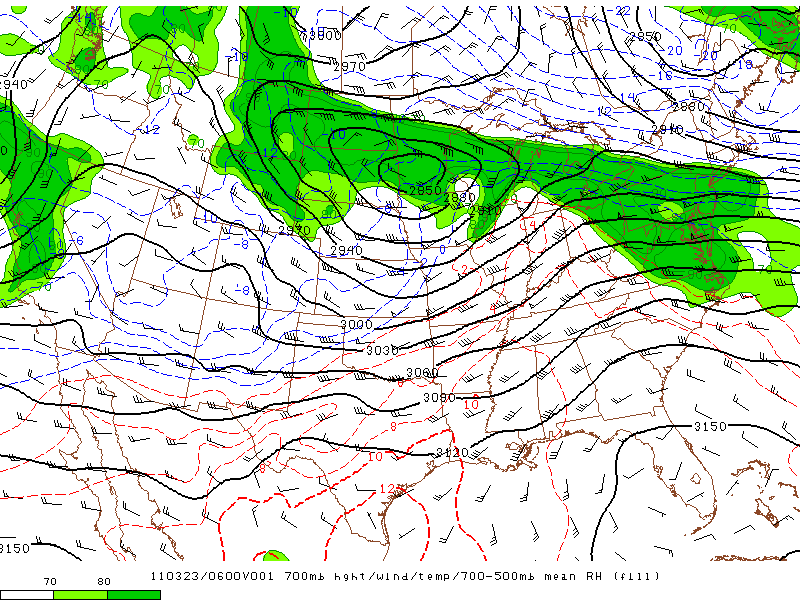 |
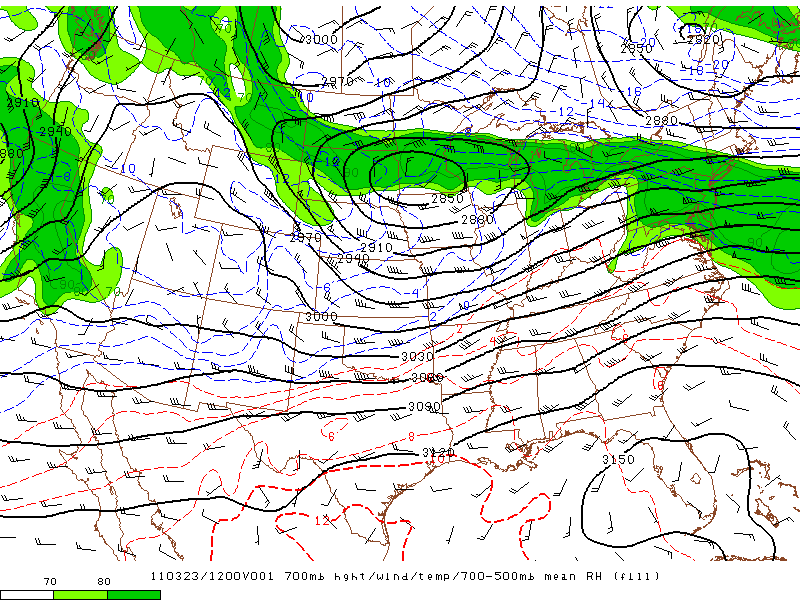 |
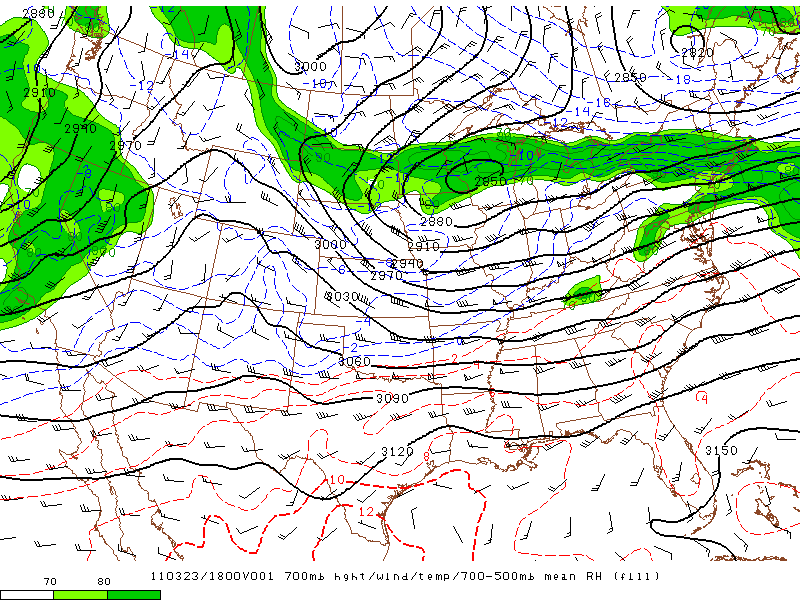 |
|
| 06z 03/23 | 12z 03/23 | 18z 03/23 |
850mb analysis maps.
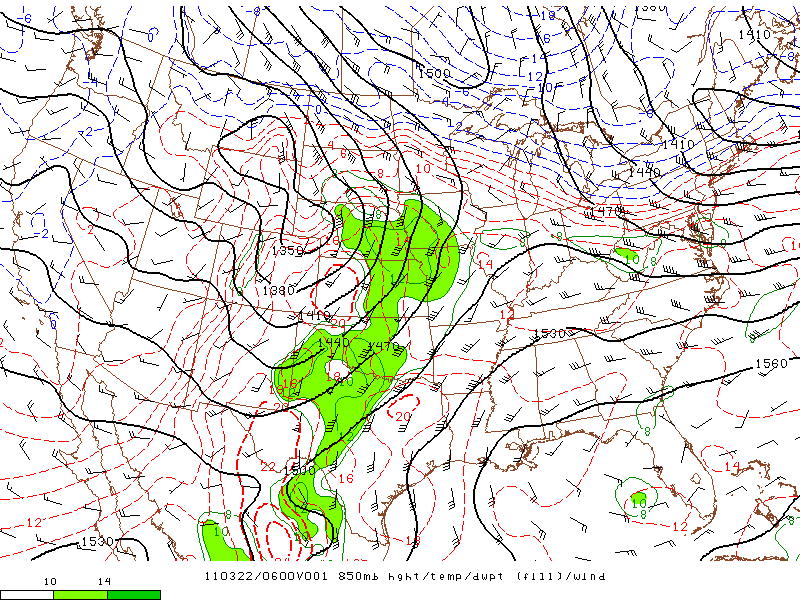 |
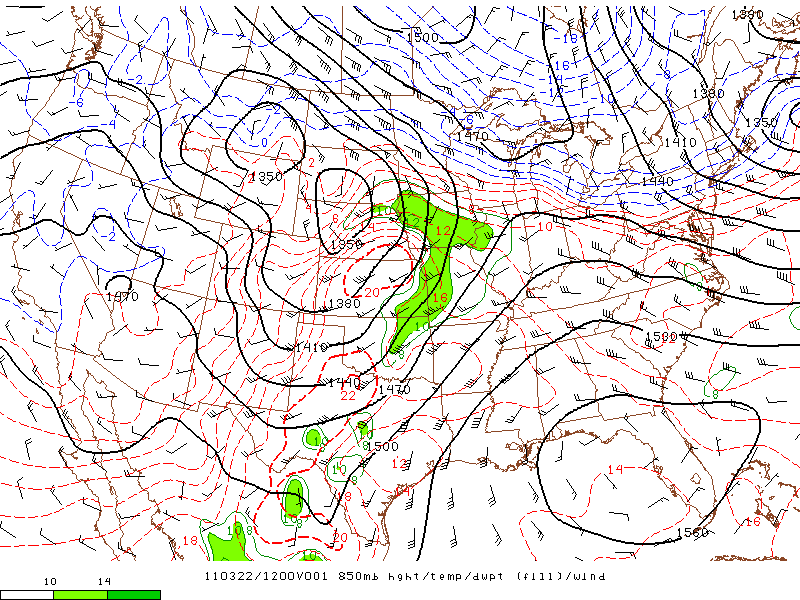 |
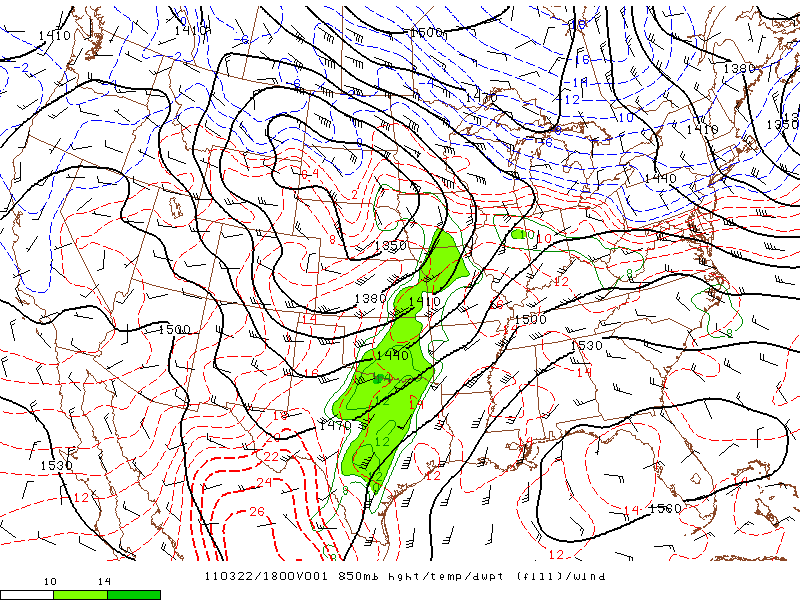 |
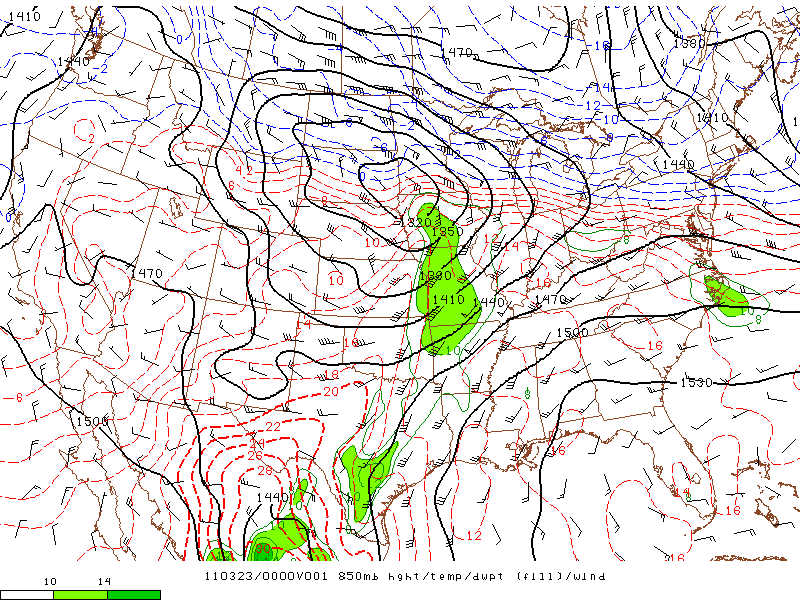 |
| 06z 03/22 | 12z 03/22 | 18z 03/22 | 00z 03/23 |
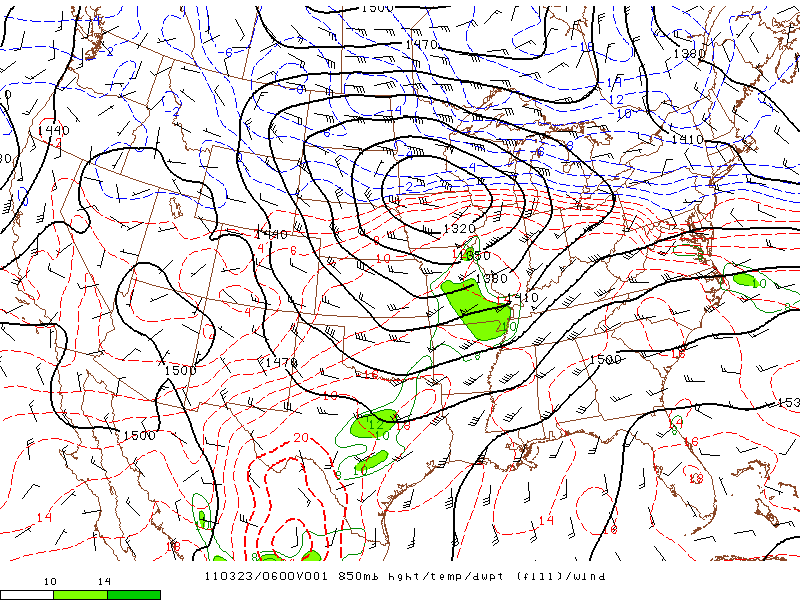 |
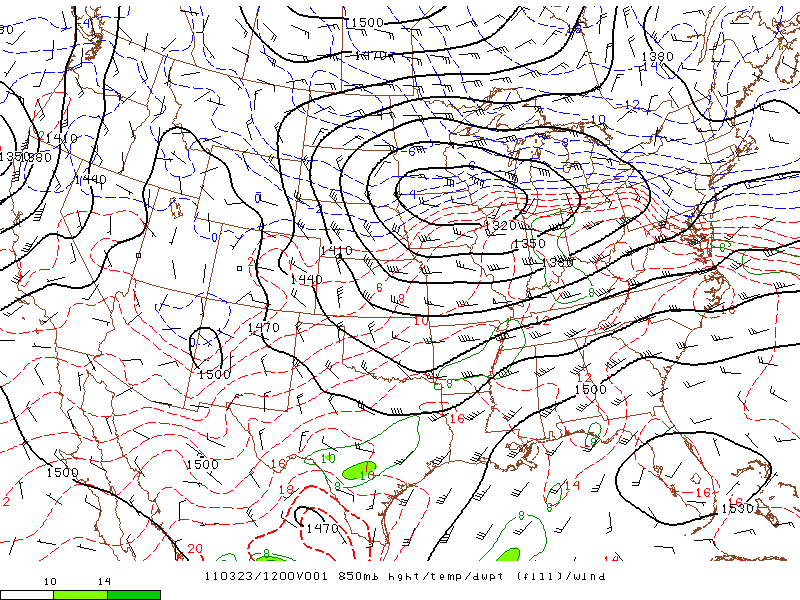 |
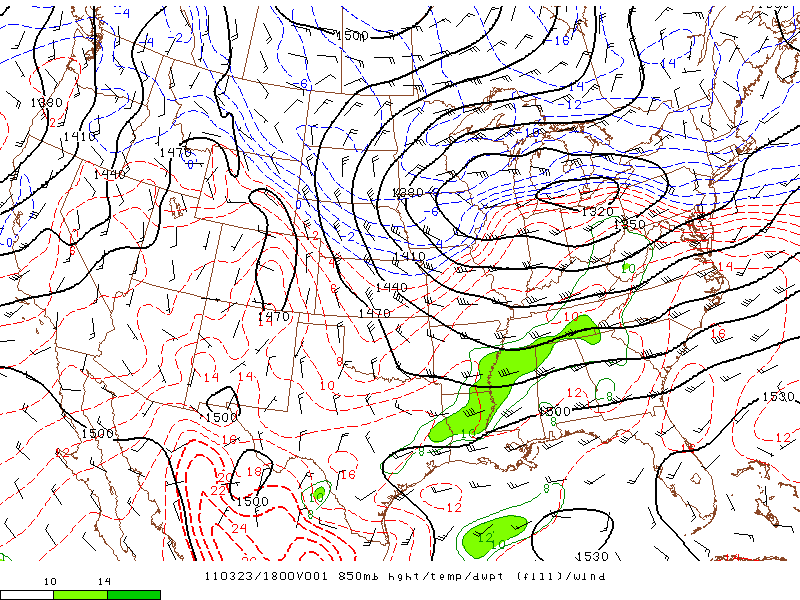 |
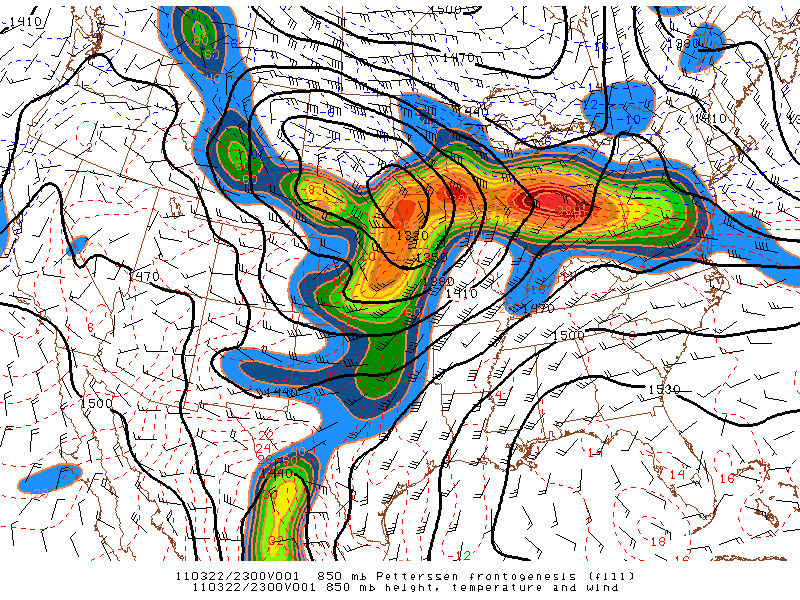 |
| 06z 03/23 | 12z 03/23 | 18z 03/23 | 850mb Frontogenesis 00z 03/23 |
Near-surface analysis maps.
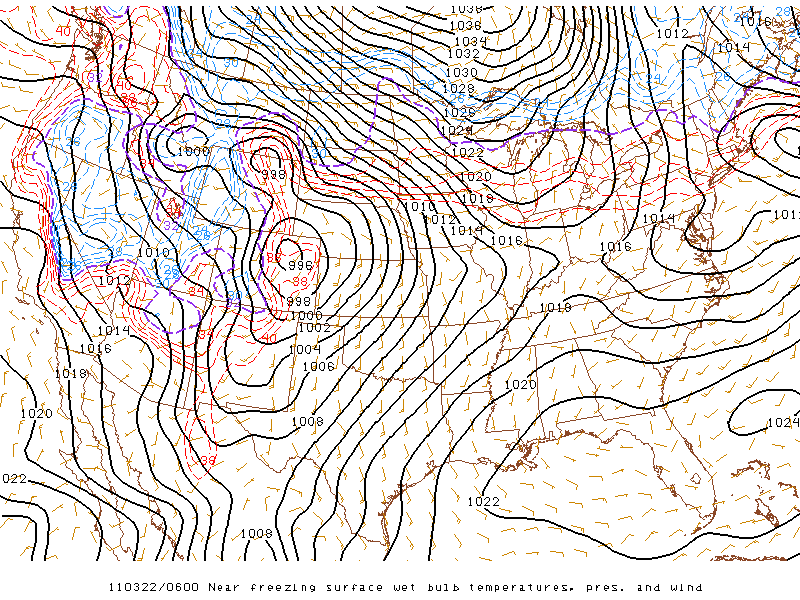 |
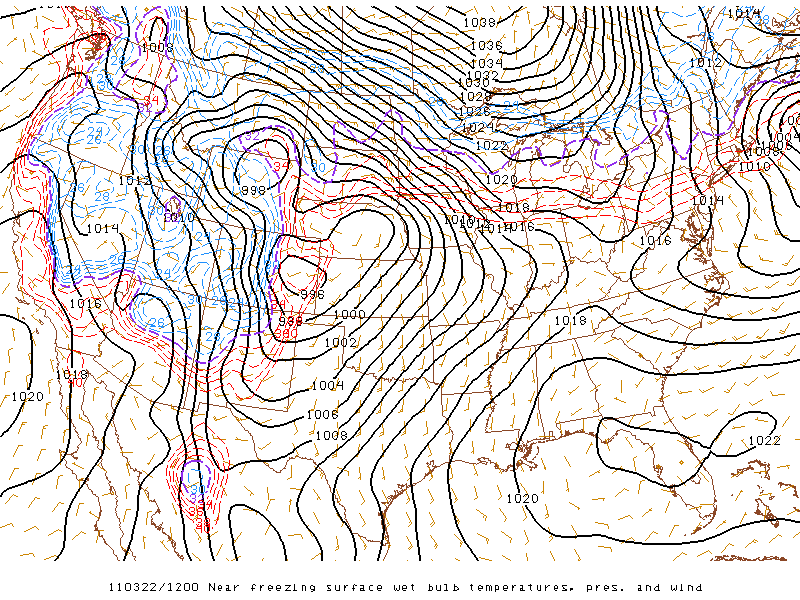 |
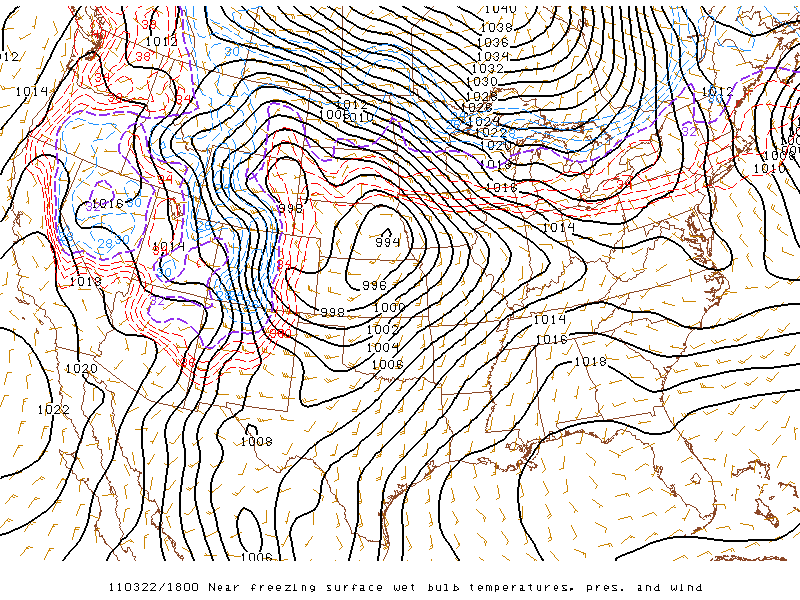 |
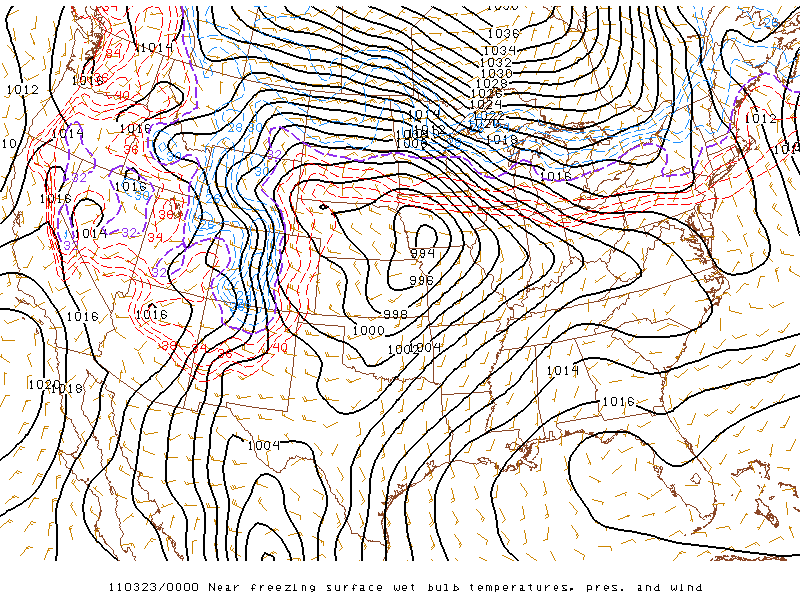 |
| 06z 03/22 | 12z 03/22 | 18z 03/22 | 00z 03/23 |
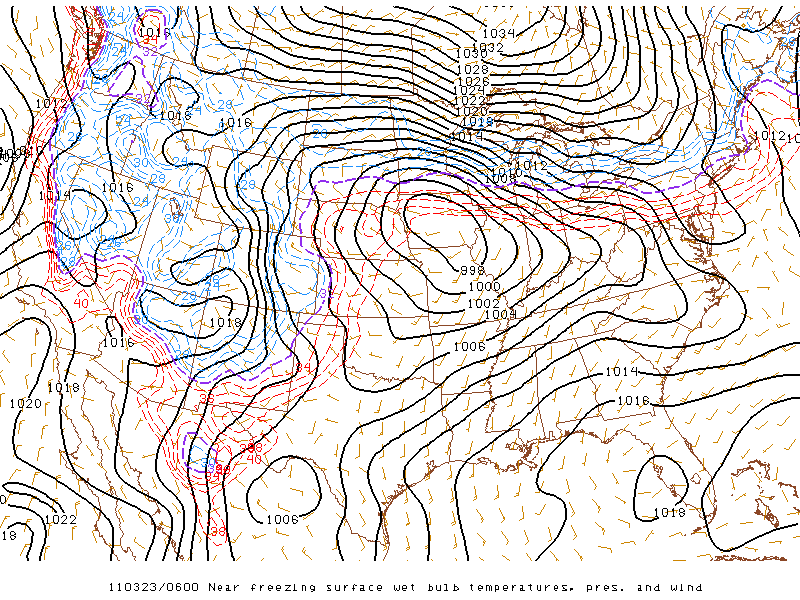 |
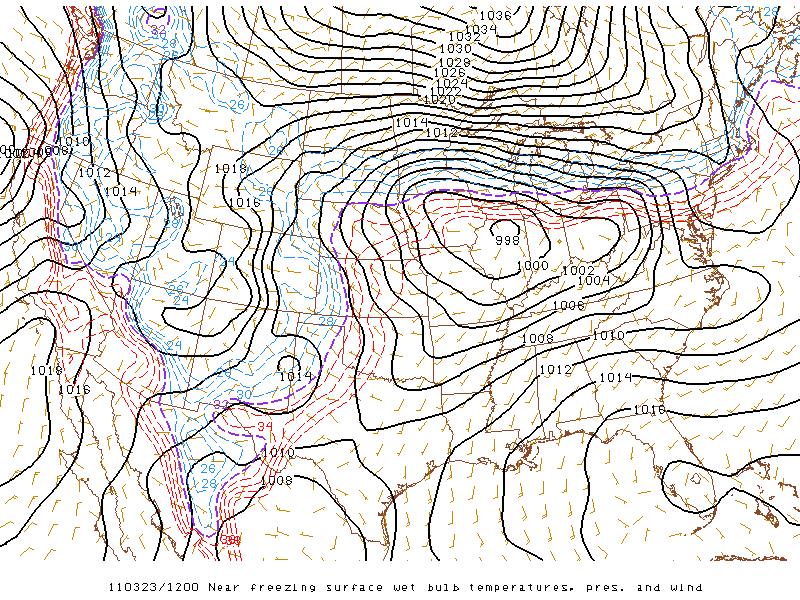 |
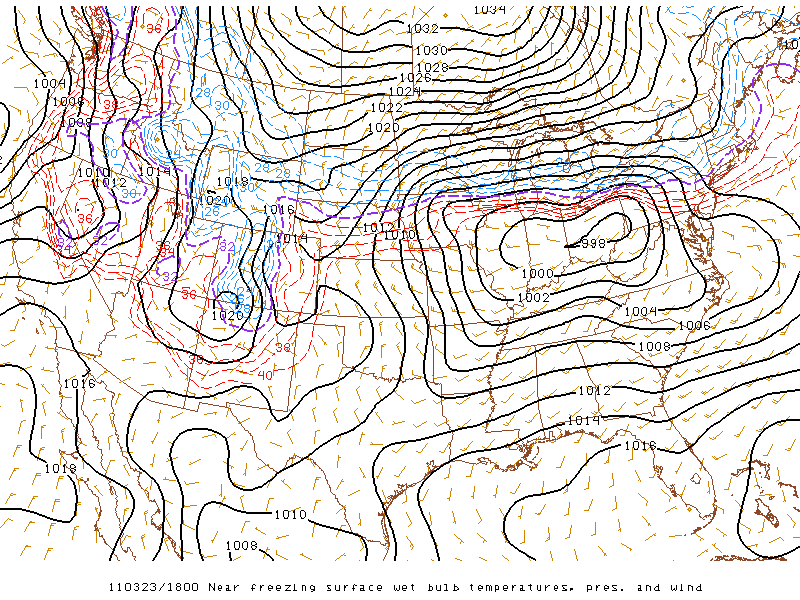 |
|
| 06z 03/23 | 12z 03/23 | 18z 03/23 |
Precipitable Water analysis maps.
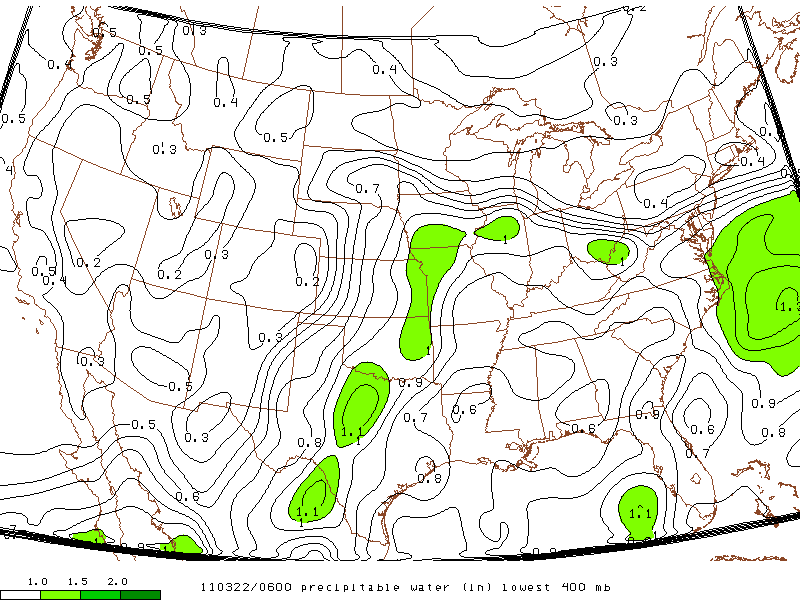 |
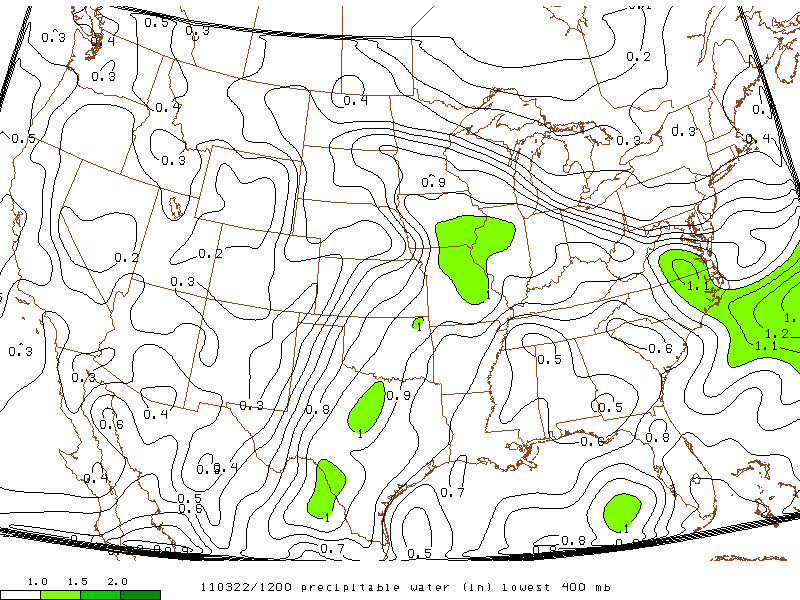 |
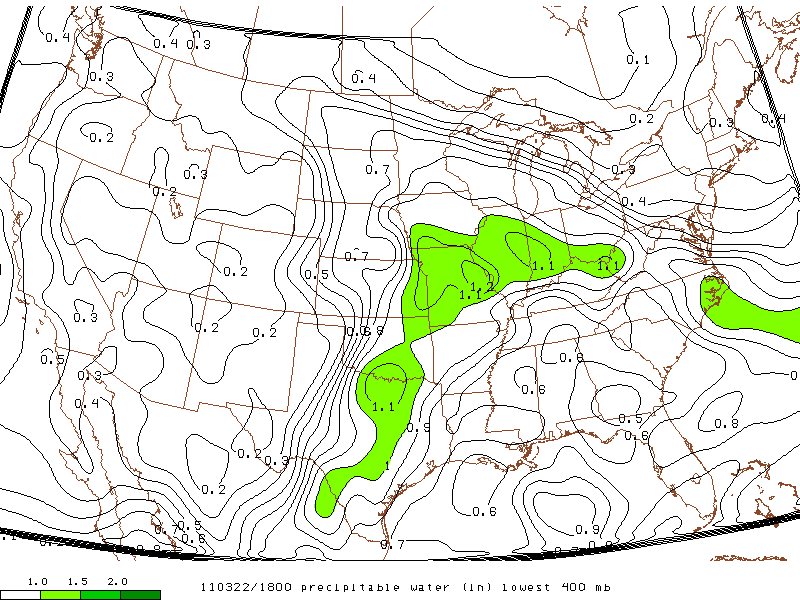 |
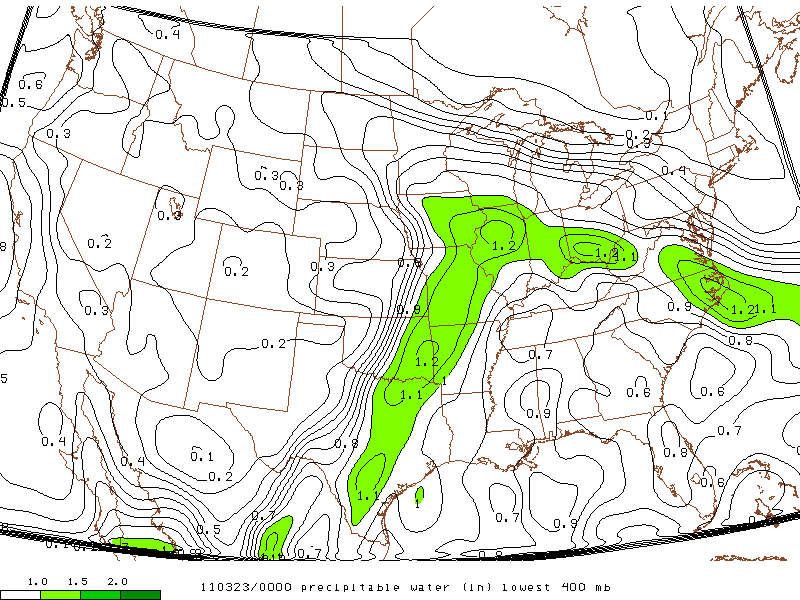 |
| 06z 03/22 | 12z 03/22 | 18z 03/22 | 00z 03/23 |
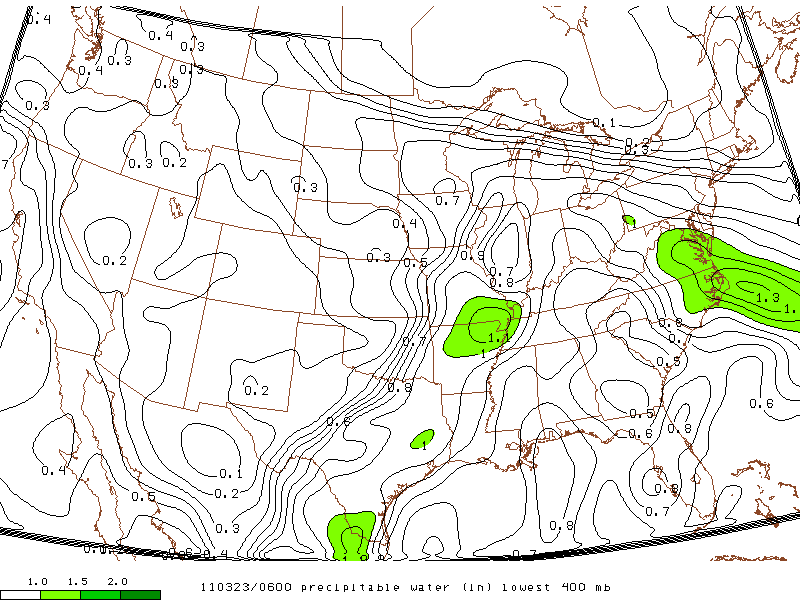 |
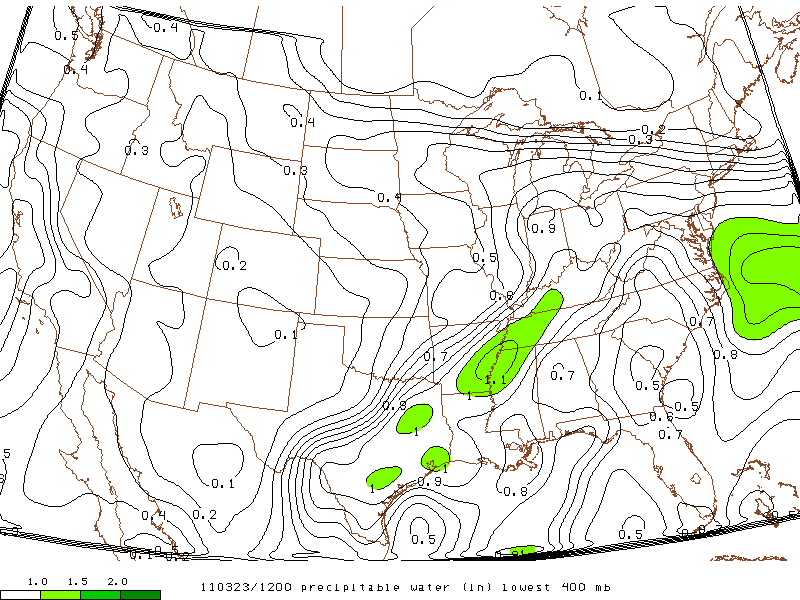 |
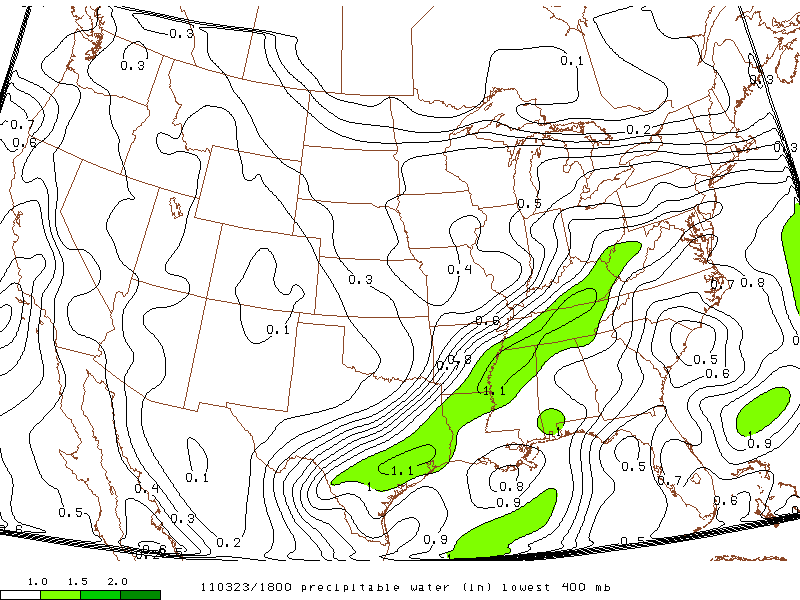 |
|
| 06z 03/23 | 12z 03/23 | 18z 03/23 |
700-500mb Lapse Rate analysis maps.
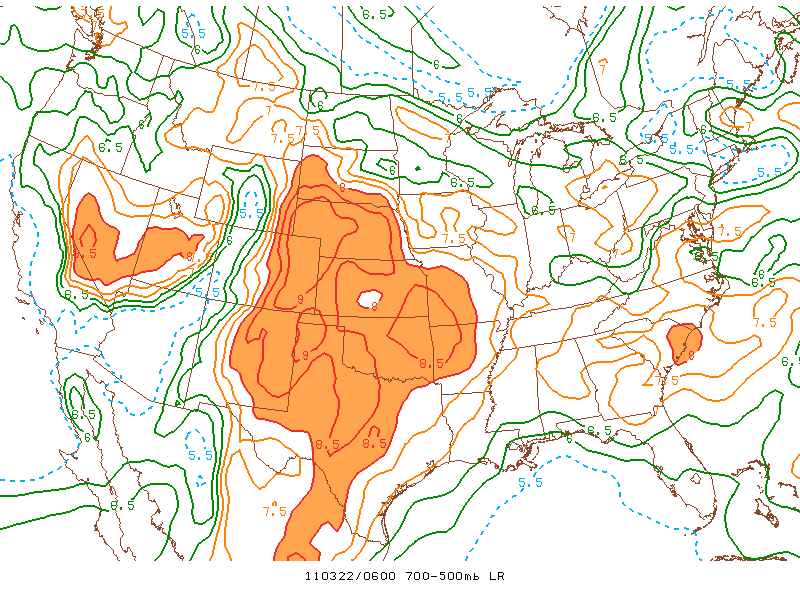 |
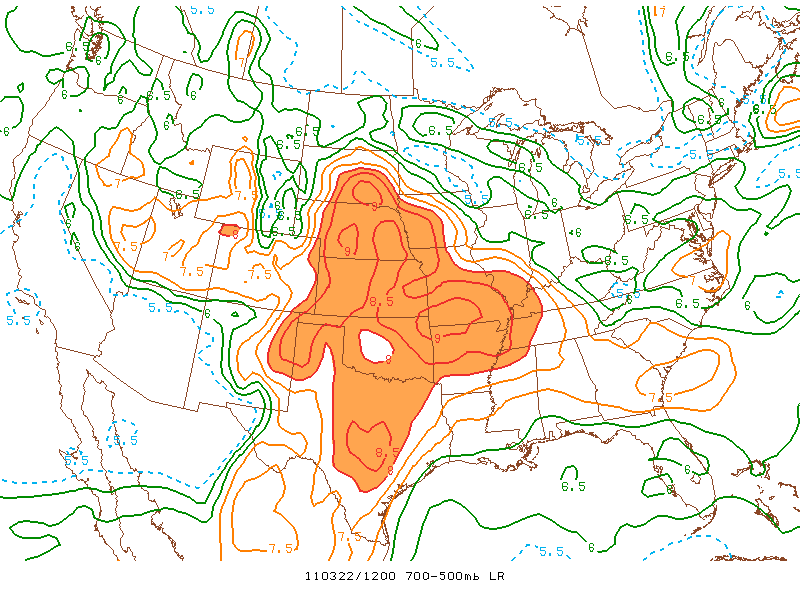 |
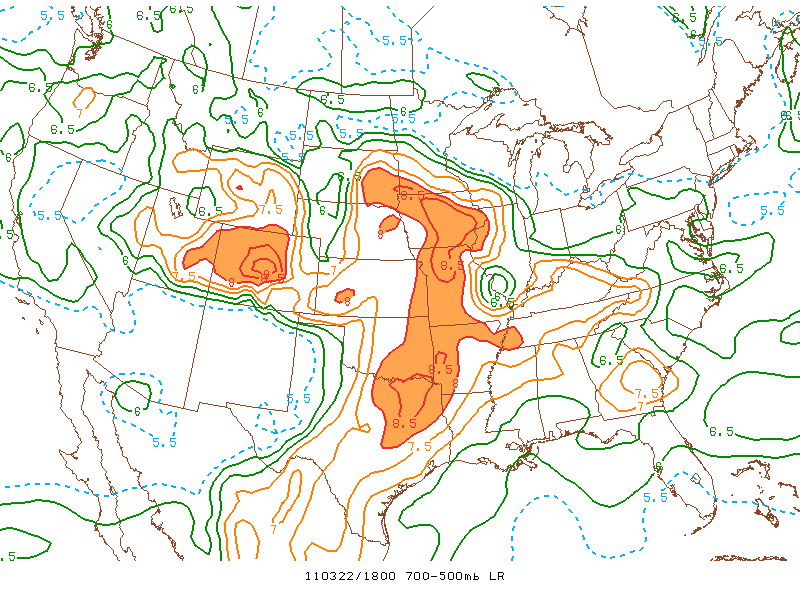 |
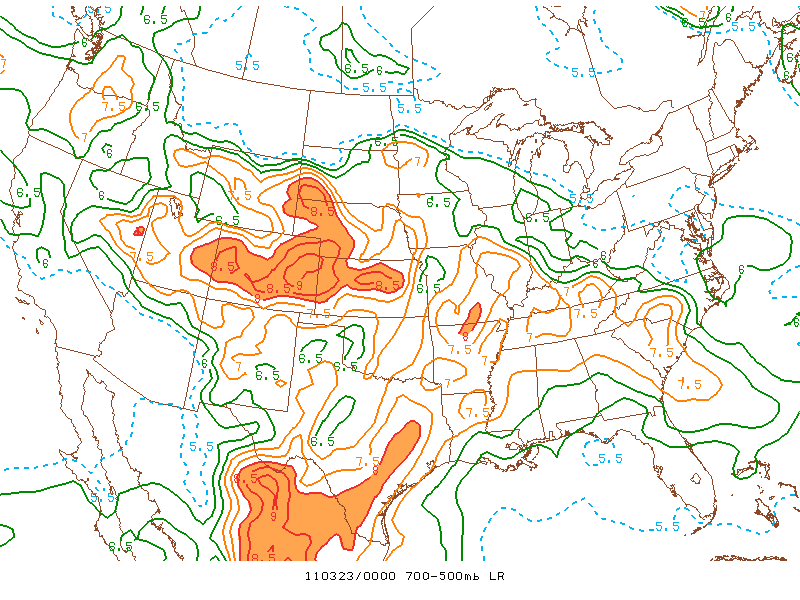 |
| 06z 03/22 | 12z 03/22 | 18z 03/22 | 00z 03/23 |
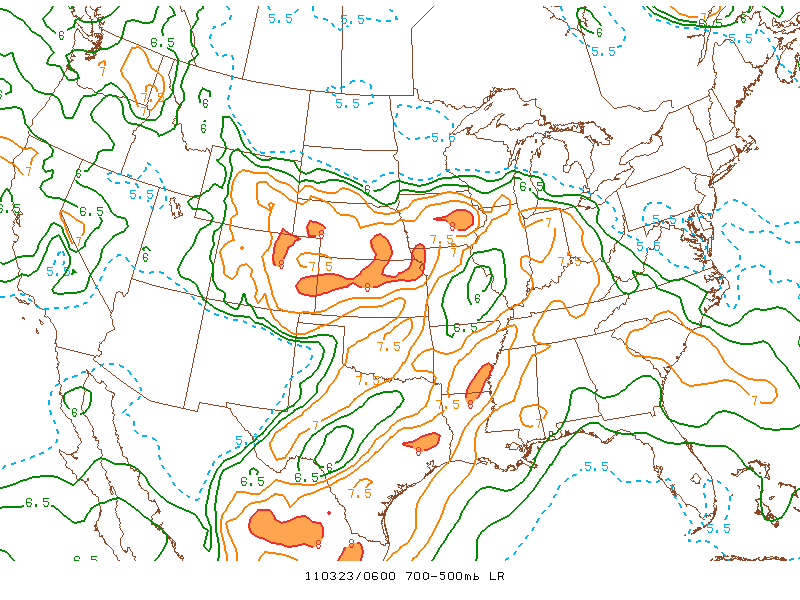 |
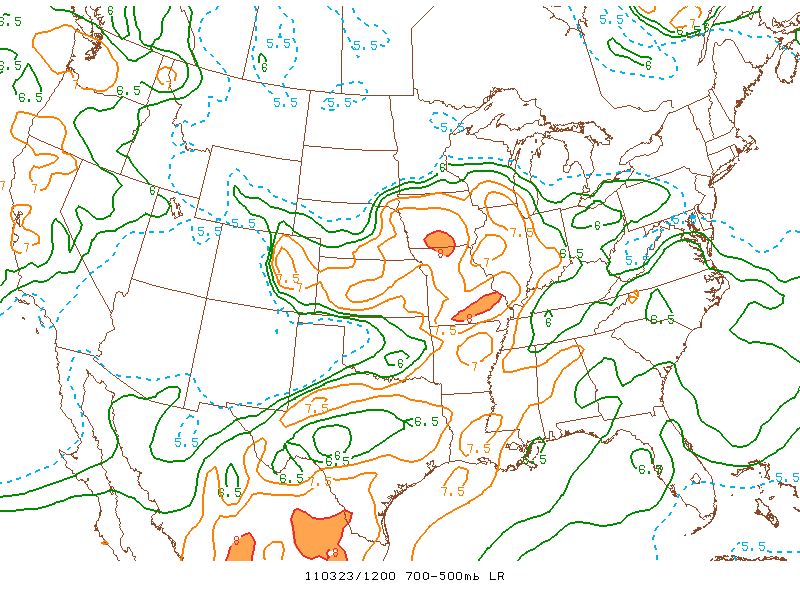 |
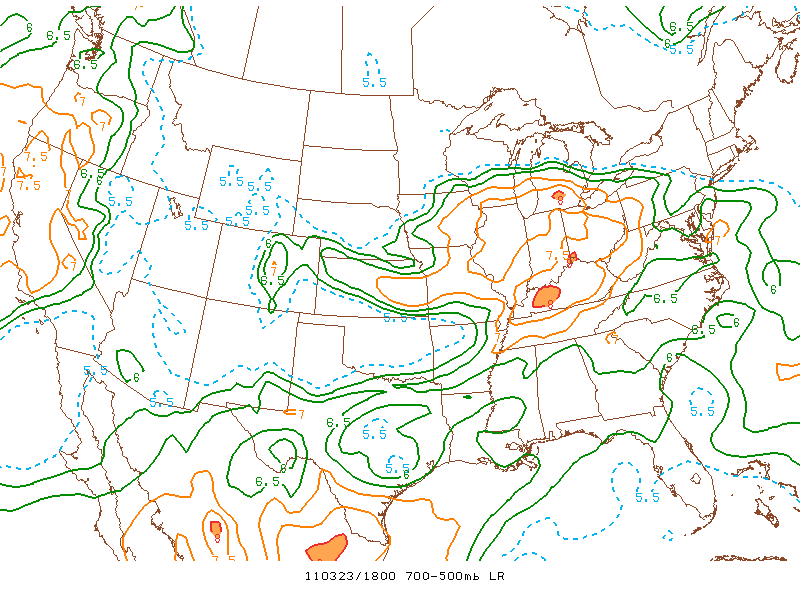 |
|
| 06z 03/23 | 12z 03/23 | 18z 03/23 |
WPC Surface analysis maps.
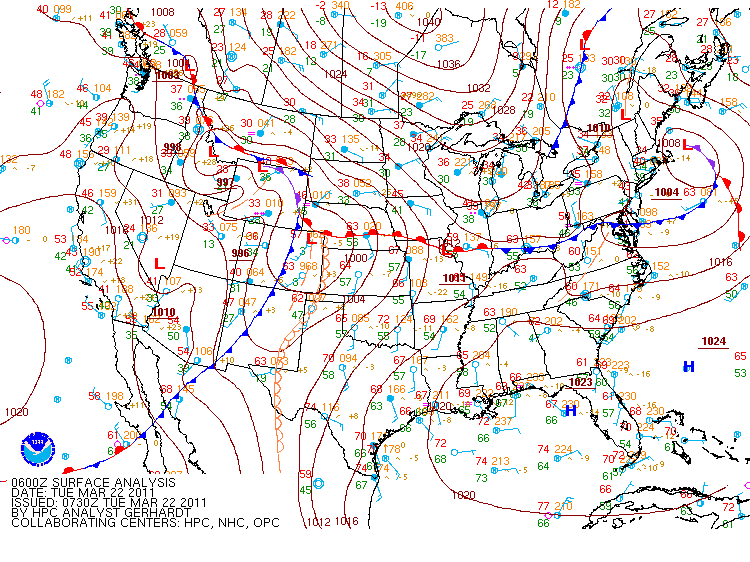 |
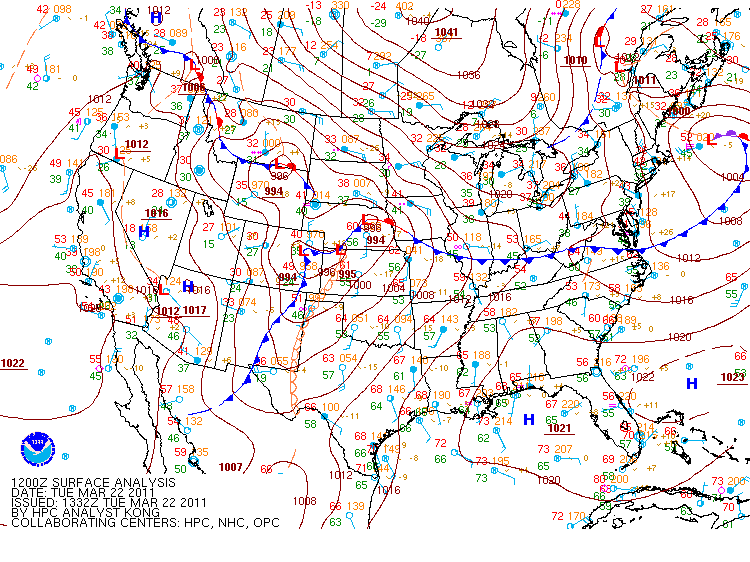 |
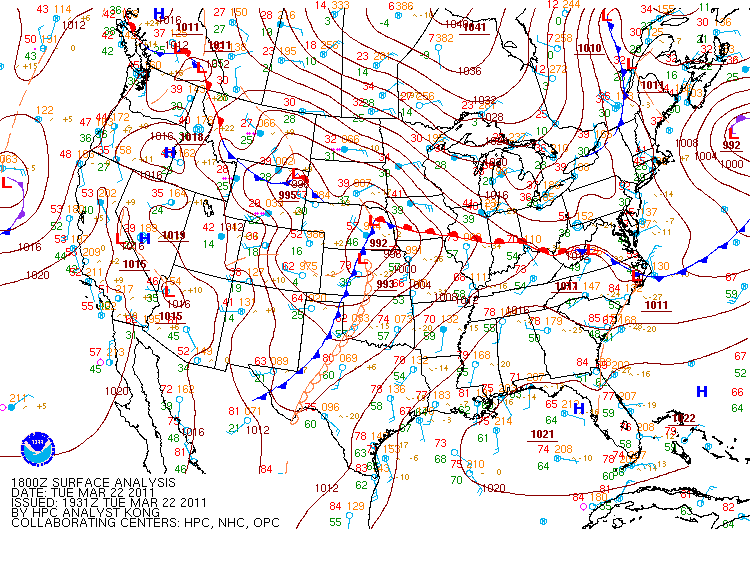 |
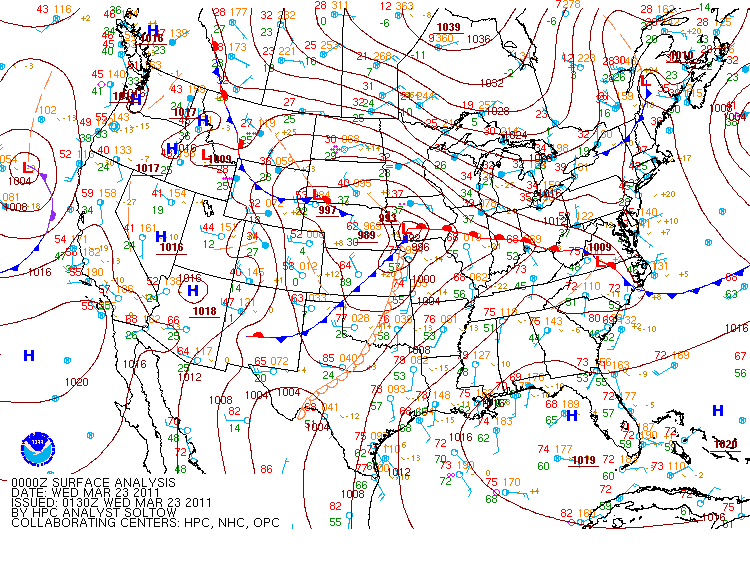 |
| 06z 03/22 | 12z 03/22 | 18z 03/22 | 00z 03/23 |
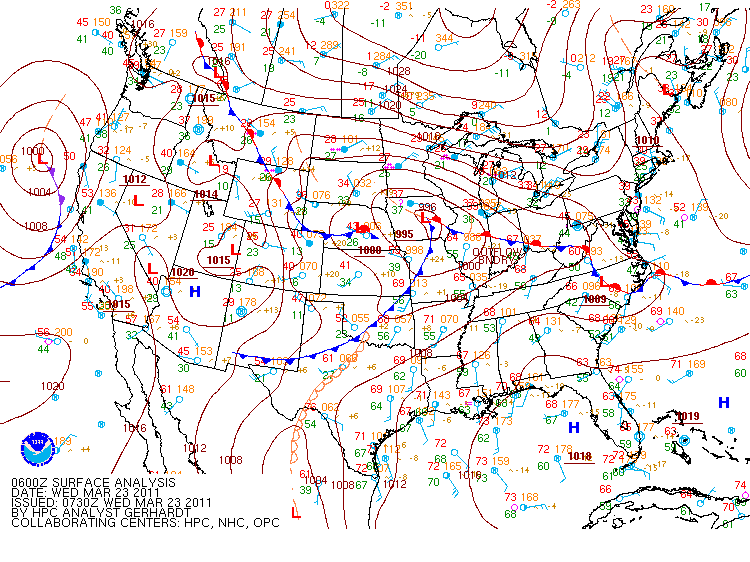 |
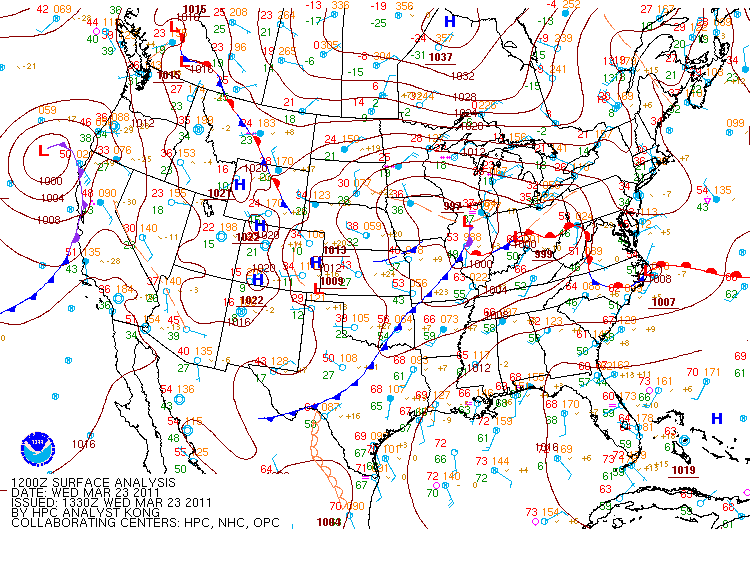 |
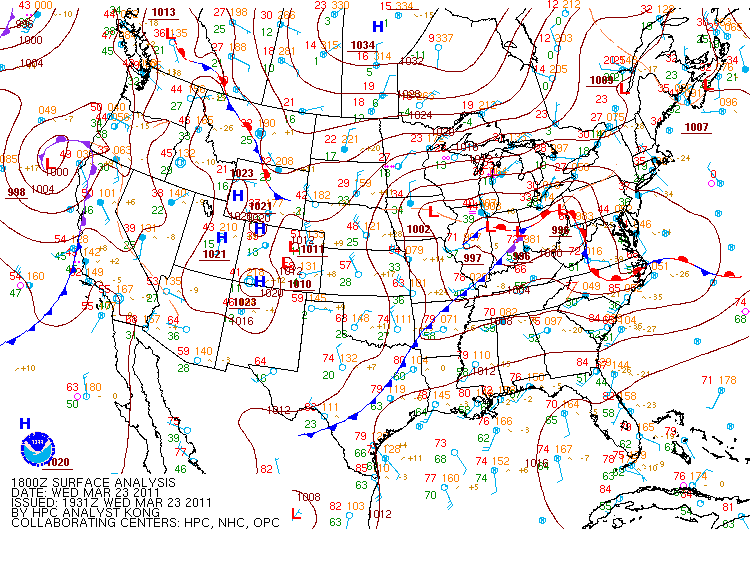 |
|
| 06z 03/23 | 12z 03/23 | 18z 03/23 |
 |
Media use of NWS Web News Stories is encouraged! Please acknowledge the NWS as the source of any news information accessed from this site. |
 |